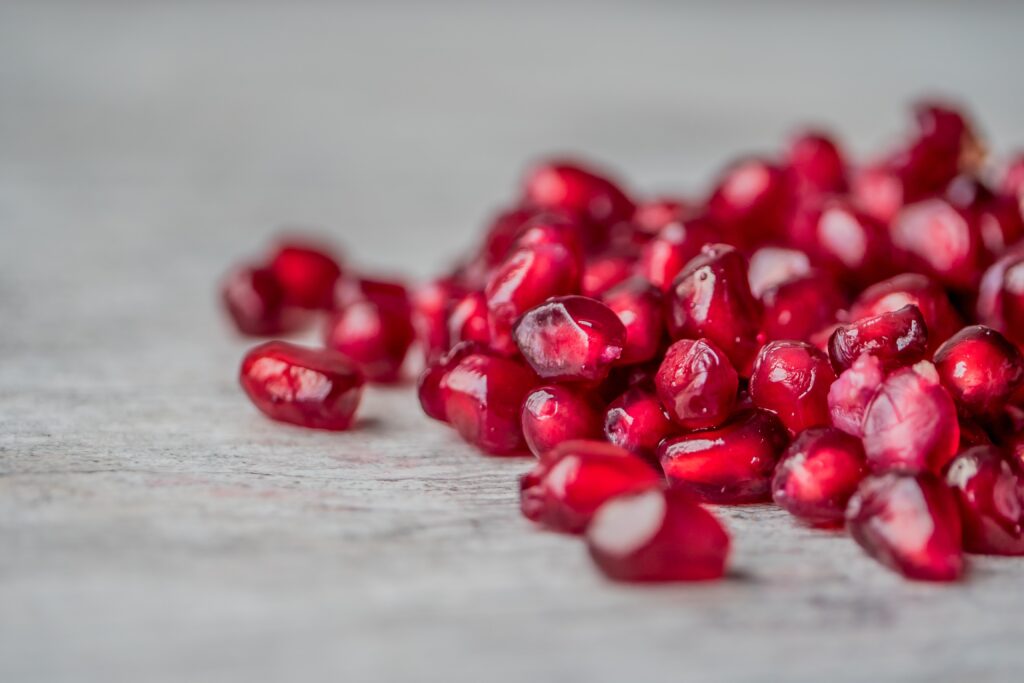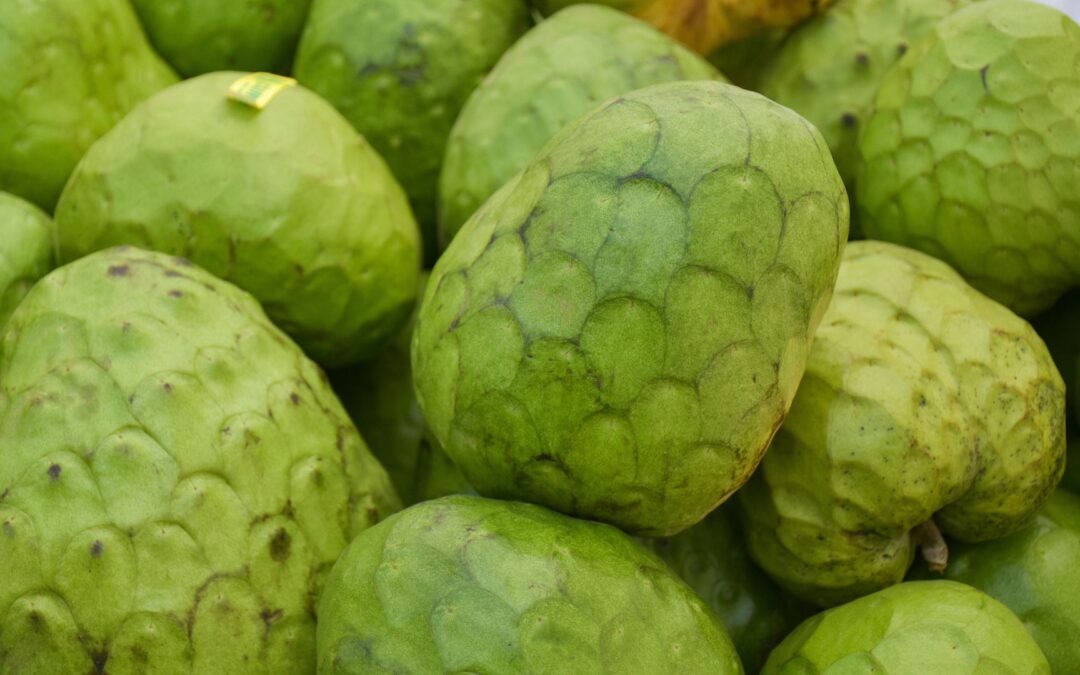Pomegranate looks like an intimidating fruit because of its outer outlook and texture. However, soon after opening up the rough and tough-looking outer layer, what we see is tiny ruby-red jewelry-like seeds which are known as arils, and these arils include the seeds and the juice around them. Now if we talk about this fascinating fruit’s taste, it should be highlighted that Pomegranate is known for its delicious tangy flavor. And so, because of this fruit’s jewel-like looks and delicious taste, pomegranate has been not only consumed for its nutritional value but also used as a decorative item in culinary arts.
Now let’s look at the background of the fruit pomegranate. Pomegranates is a common fruit in places like India, Asia, the Mediterranean, and the tropical parts of Africa. However, around the late 18th century and towards the early 19th century, the fruit was brought over to North America by the Spanish settlers, and now, it’s grown in California and Arizona. Furthermore, it should also be noted that in ancient times, pomegranates represented fertility, and thus, this fruit has been depicted many times in the arts as a symbol throughout history. Moreover, in Greek mythology, pomegranates played quite a few roles in various Gods and Goddesses’ life stories such as Hades, Persephone, Hera, Artemis, and even Athena. Thus, in the lore of Olympus, the pomegranate is not just an ordinary fruit but something more than magical.

Next, talking about pomegranate’s nutritional value, it should be noted that since ancient times, pomegranate has been consumed for their health benefits. Pomegranates have up to three times more antioxidants than green tea and we know that antioxidants protect cells from damage and reduce inflammation and the effects of aging. Furthermore, pomegranate is good because it protects the heart by lowering blood pressure and reducing blood sugar levels. Moreover, it also helps the very by keeping bad cholesterol in check. In addition, as pomegranate is rich in antioxidants, it also has the value of lowering the risk of cancer.
To conclude, pomegranates are known for their vibrant color and arils. However, this vibrant fruit is also famous for its tangy taste and its nutritional values which are packed with nutrients and antioxidants that can help prevent or delay damage, and also can help keep one’s body healthy and disease free.






